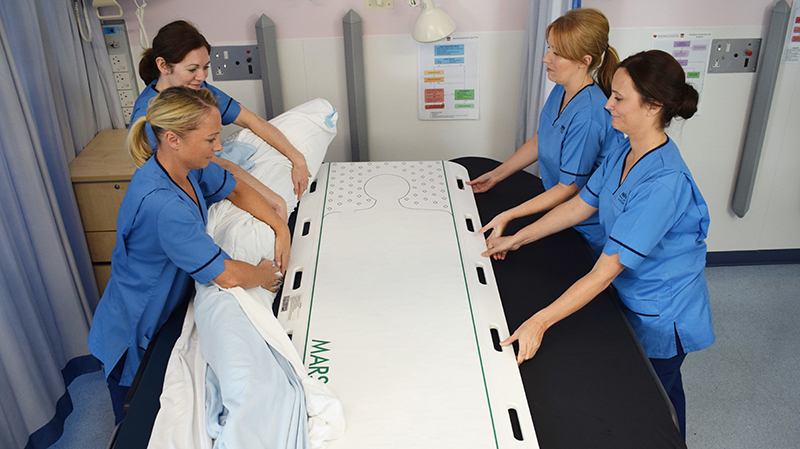Where does patient weight estimation fit in on #worldpatientsafetyday?

Today is the World Health Organisation’s first ever #worldpatientsafetyday. But why is it needed?
We can wholeheartedly agree that no one should be harmed in healthcare, yet according to WHO, statistics show this is not the case.
The numbers add up
- 4 out of 10 patients are harmed in the primary and ambulatory settings; up to 80% of harm in these settings can be avoided.
- 15% of hospital expenses can be attributed to treating patient safety failures in OECD countries.
- 134 Million adverse events occur each year due to unsafe care in hospitals in low- and middle-income countries, contributing to 2.6 million deaths annually.
Shocking figures when considering patient outcomes for those close to us. Yet today is significant in highlighting global healthcare’s commitment to improving patient safety. #worldpatientsafetyday is being observed by 58 countries worldwide with a variety of positive movements, including networking events with political decision makers, to lighting up landmarks.
How can we help?
Zoning in on certain processes is a practical means of improving patient safety. The Patient Transfer Scale was invented to tackle the issue of patient weight estimation for immobile or critical patients. Former ED nurse Gillian Taylor came up with the idea of the Patient Transfer Scale because she saw a significant risk to patient safety when it came to estimating patient weight.
“The only way to weigh an immobile patient was to use a hoist scale or a bed scale, but both were time consuming, and could be cumbersome too. I decided there must be an easier way to weigh these patients,”
“I realised that if a patient is weighed as they are transferred to a bed, using a transfer board, they can be weighed quickly without time being taken to weigh them.” - Gillian Taylor
How is weight estimated?
Weight is currently estimated using a variety of methods worldwide. None of which are able to give a fully accurate weight. Some common methods include:

APLS Formula
If age is known and below 10 years of age:
Age + 4 x 2

Broselow Tape
Tape method that uses height to determine wait if the age is known and if 10 years or below
MUST (BSA)
Malnutrition Universal screening tools
What are the risks?
Aside from factors such as patient comfort and dignity when utilising traditional weighing scales like a hoist scale (can be found to be time consuming and cumbersome) or a chair scale (that is not always practical). There are genuine risks to patient safety when drug dosages for a range of conditions rely on accurate weight readings.
For example in some cases of stroke such as infarct, a drug called Alteplase can be used within a specific time frame to dissolve the clot. If you do not give enough, you may not dissolve the clot, if you give too much can cause a bleed into the brain.
Other medications, such as Vancomycin or Gentamicin, are weight based antibiotics that administering an incorrect dosage could lead to the dangerous bacteria remaining in the body or damage organs.
The Patient Transfer Scale
The Patient Transfer Scale revolutionises the practice of patient weight estimation therefore improving patient safety. The scale utilises the existing process of lateral transfer, wherein patients are gently weighed during the transfer from trolley to bed or trolley to trolley. This means There is no risk of drug miscalculation due to a lack of accurate weight readings.
The scale not only makes a significant difference to a worldwide practice on #worldpatientsafetyday but it takes the pressure off healthcare professionals. The Patient Transfer Scale is the new standard for weighing immobile and critical patients and is currently available in 28 countries worldwide.
For more information about the Patient Transfer Scale click here.